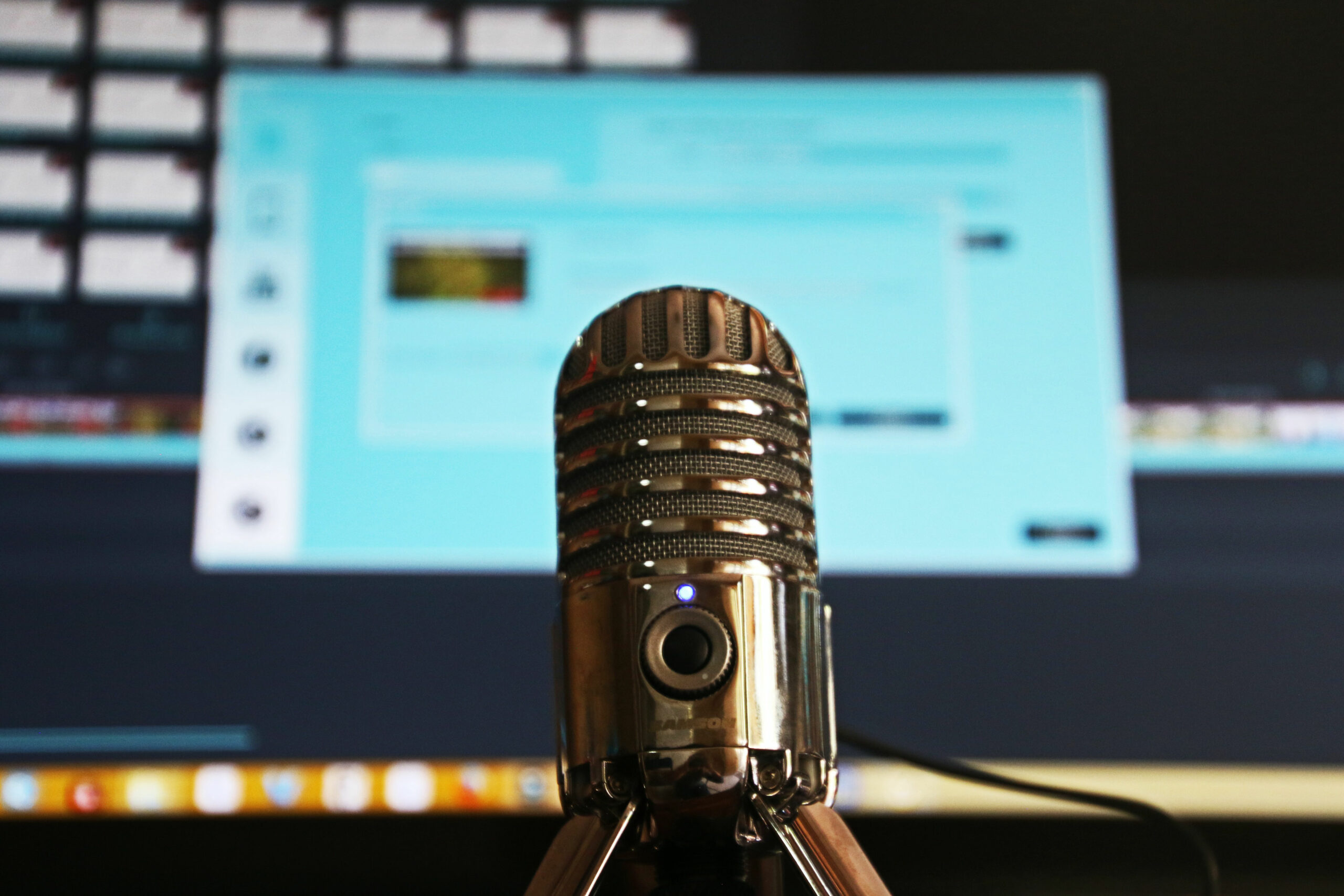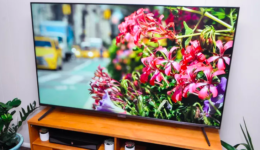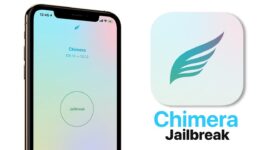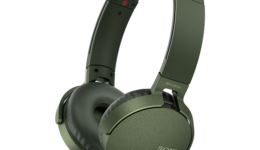You don’t need to be a pro content creator or spend a lot of money in order to start a podcast. Our step-by-step guide will walk you through the steps on how to get started with audio podcasting and show you the best ways to improve your podcast content. From the very technical to the abstract of podcasting concepts, we have everything you need here.
Why Start a Podcast?
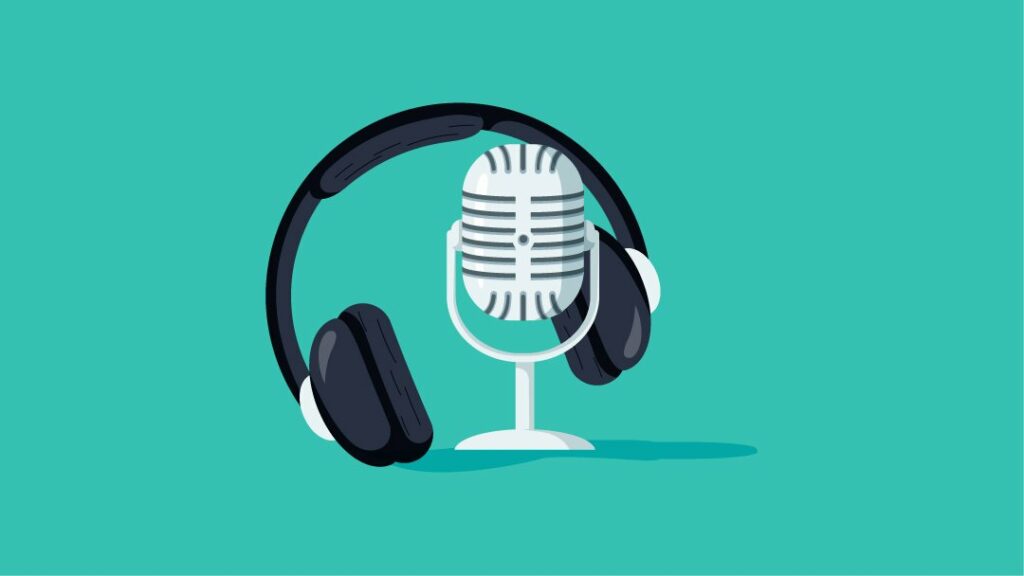
If you know the value of creating content for a business or brand, then you will understand the value of podcasting. Creating a podcast allows you to reach a brand new audience who might never find your content because they only prefer the audio format.
A podcast is a great way to build audiences from scratch and position yourself as an authority in your industry. Besides, you don’t need to be an established content creator or have a blog to become a successful podcaster. In addition, podcasts also create new potentials to drive traffic back to your website or store. Every podcast directory gives the podcaster a link back to a website. And, since it’s your podcast, you can direct listeners to your targeted website at the end of each show.
According to recent research, the number of Americans listening to a podcast each week has grown 120% over the last 4 years. Meanwhile, there are up to 90 million Americans who listen to a podcast every month.
How to Start a Podcast
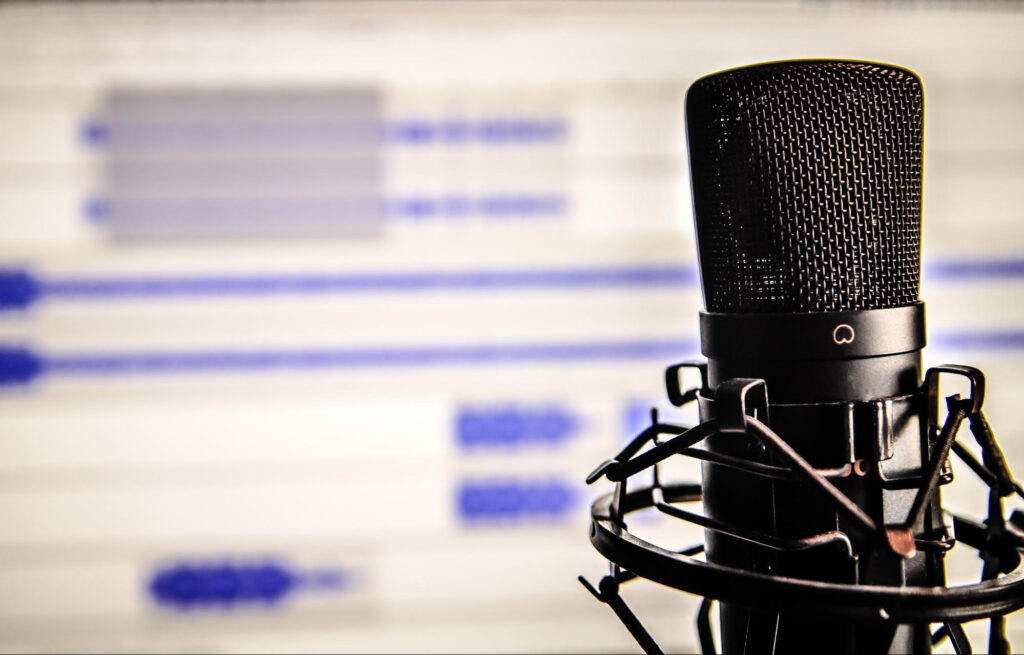
To start a podcast at a bare minimum, here are what you need to do:
- Come up with a concept (a topic, name, format, and target length for each episode).
- Design artwork and write a description for your podcast.
- Record and edit your audio files.
- Find a place to host your files. For example, you will need a file host that specializes in podcasts like Libsyn or Podbean.
- Syndicate these audio files into an RSS feed. Therefore, it can be distributed through Apple Podcasts and downloaded/streamed on any device.
Equipment You Need to Start a Podcast
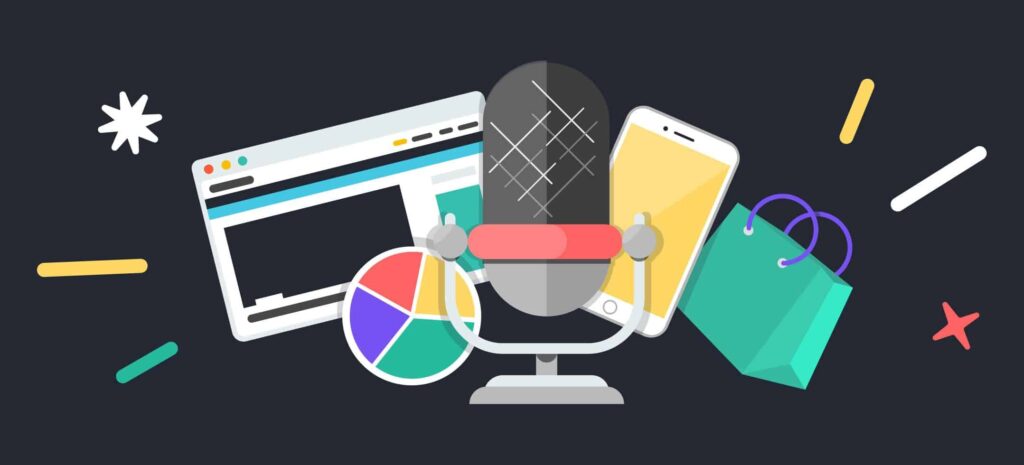
Launching a podcast is relatively straightforward and you won’t need much to get started. Here are the required tools, in both the gear and software categories, that you’ll want to prepare before starting.
- A good microphone (Audio Technica ATR-2100, Blue Microphones Yeti USB, or XLR)
- Headphones (Audio-Technica ATH-M30x)
- A pop filter (Dragonpad USA)
- Recording and editing software (Adobe Audition and GarageBand)
- A podcast hosting account
- Design software (Buzzsprout)
- A vanity URL
- ID3 Editor
- A Skype account
How to Engage with Your Audience
What to do in order to get your audience’s interest? Here are a few steps to help you engage with your listeners:

Step 1: Design An Effective Introduction
- Describe a scene or a character.
- Tell a story.
- Share a personal experience.
- Relate to a recent event.
- Piggyback on a previous speaker’s remark or theme.
- Point out something important about the audience.
- Show a compelling visual image.
- Ask a provocative question.
- State a fact that is troubling, amusing, or remarkable.
- Spell out what’s at stake for your listeners.
- Offer a humorous observation or anecdote.
- Explain your own interest in the topic.
- Tell listeners what the topic has to do with them.
Step 2: Guide Your Listeners
Previews and Summaries
- Previews tell listeners what’s coming next or how you’re going to develop a point.
- Summaries remind listeners of what’s actually important to them. A summary is especially useful in refocusing the discussion on your main ideas.
Signposts and Transitions
- Signposts are words or phrases like “In the first place…,” “The second issue is…,” or “The key argument is…,”. They tell the audience where they fit in during the presentation and mark what’s important to bear in mind.
- Transitions make sure no one is left behind when you move from one point to another. It shows how pieces of content relate to one another and to your thesis. Moreover, changes in body position, gestures, and voice can also help your listeners recognize a transition.
Step 3: Use Language That is Clear to the Ear
One of the best things a good podcaster should do is to avoid vague pronoun references. Honestly, your listeners don’t have the option of looking back over the text to figure them out. So, it’s good to avoid words like “respectively” and “the former…the latter”. Both of these require the audience to remember certain details in order to understand a later reference to them.
Overall, whenever you’re tempted to use this type of verbal device, ask yourself, “If you only hear it once, will you fully get it?”
Step 4: Make an Effective Conclusion
Ensure that you recap the main points or arguments you’ve covered. Reiterate your purpose, thesis, or research question. Reinforce what’s important to the audience.
Do you have any questions about podcasting? And, what podcasts do you like the best? Let us know about it in the comments!
